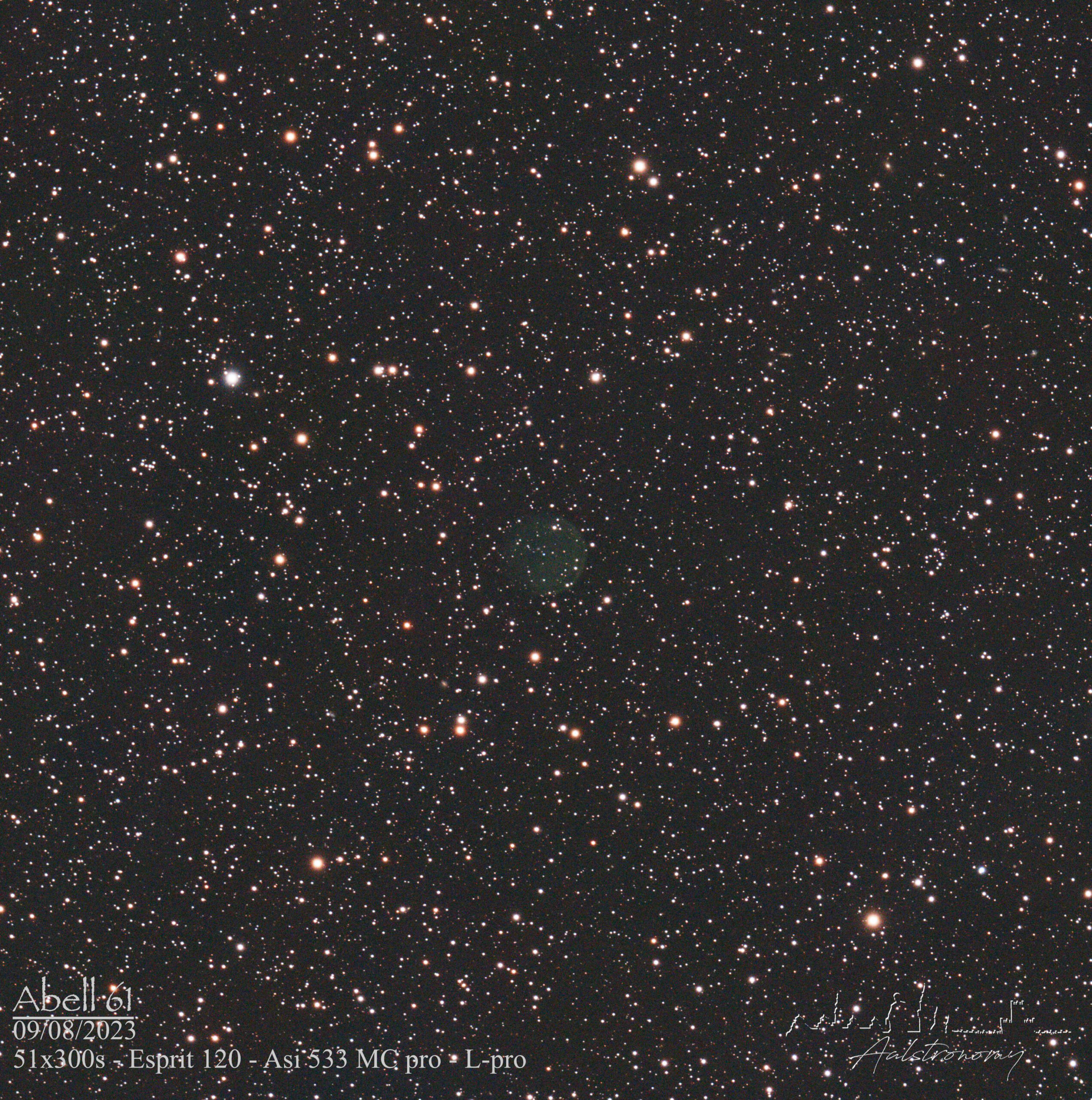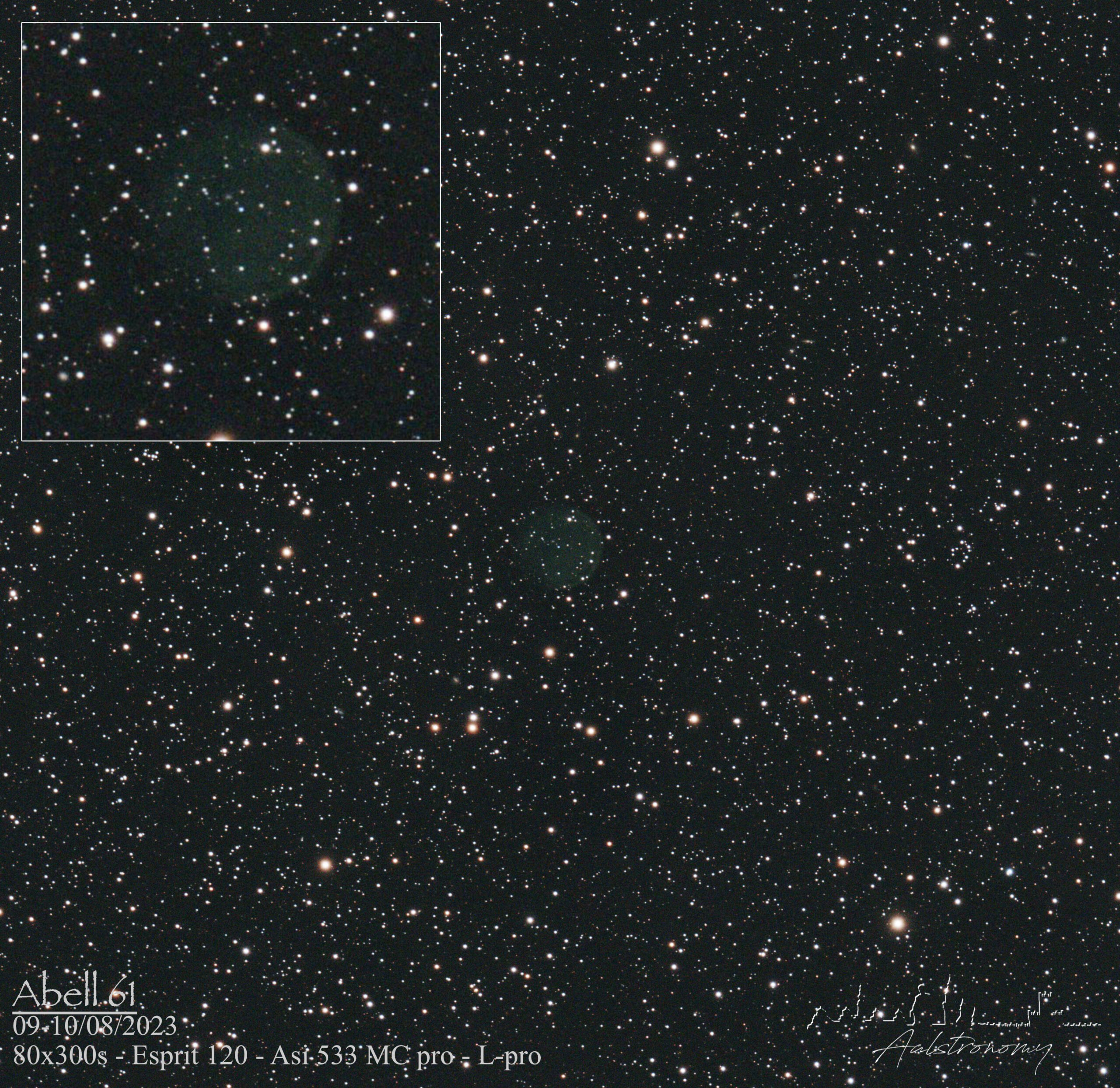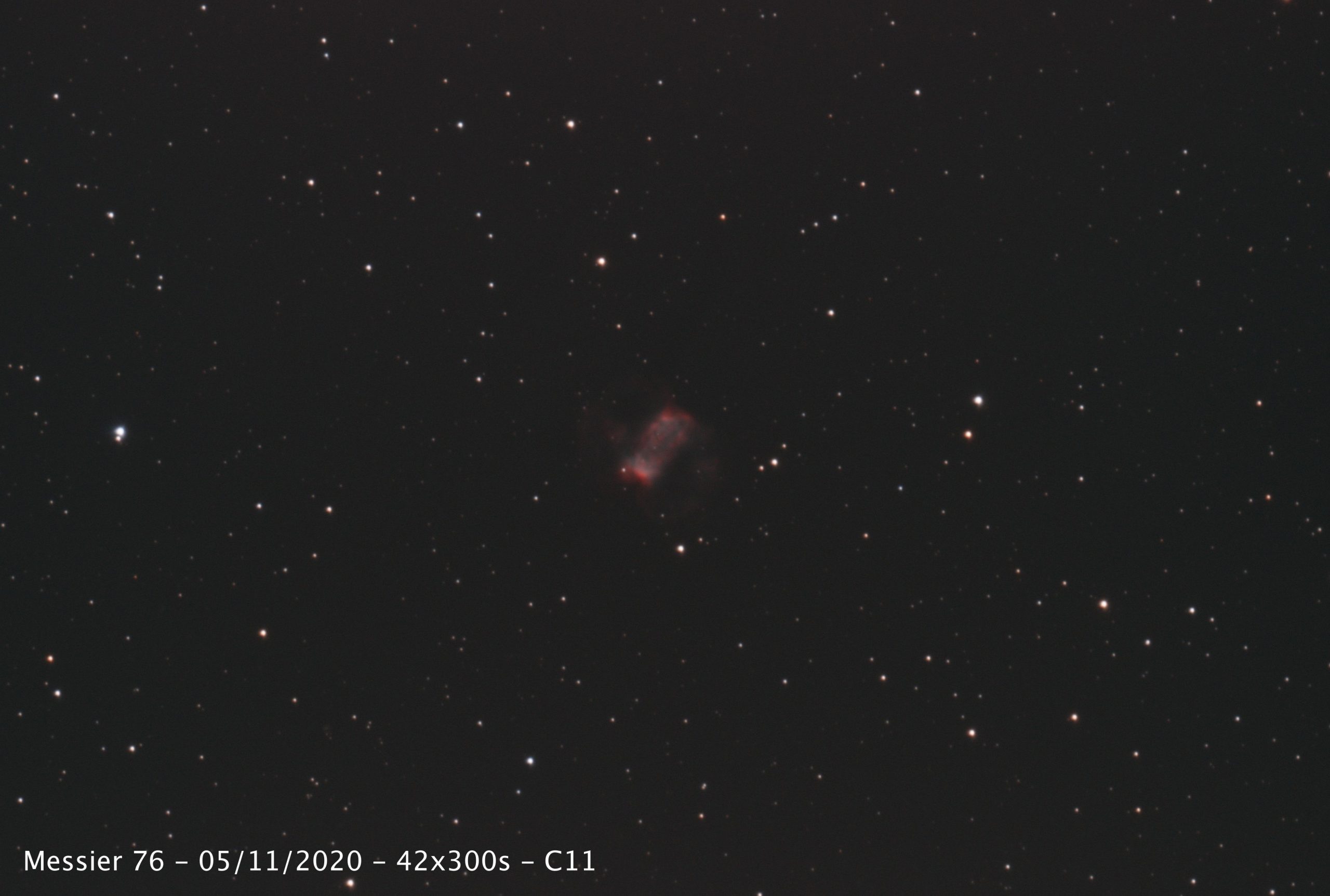Abell 61, an intriguing planetary nebula located in the Cygnus constellation, invites us to explore the cosmic intricacies of stellar evolution. This celestial wonder showcases the breathtaking aftermath of a star’s transformation, offering a glimpse into the universe’s remarkable ability to shape and re-shape its celestial objects.
Planetary nebulae like Abell 61 are born from the remnants of dying stars. In the case of Abell 61, a star similar to our Sun exhausted its nuclear fuel and shed its outer layers. What remains is a luminous core surrounded by expanding layers of gas and dust. The name “planetary nebula” is somewhat misleading; these nebulae have nothing to do with planets, but the term originated from their appearance through early telescopes.
Abell 61’s intricate structure unveils the layers of material cast off by the dying star. The energetic core illuminates these expelled layers, causing them to glow with vibrant colors. This stunning display not only captivates the eye but also provides astronomers with valuable insights into the elements produced within the star and distributed into space.
While Abell 61’s name may not conjure images of a nebula, its scientific significance is profound. The Abell catalog was primarily created to categorize galaxy clusters, and Abell 61’s inclusion in this list speaks to its special place in the cosmic story. It reminds us that even in the seemingly empty expanse of space, remnants of stars’ life cycles endure, contributing to the grand tapestry of the universe.
As you cast your gaze upon Abell 61, you’re not merely observing a distant celestial object. You’re witnessing the final stages of a star’s life, a process that shapes the cosmos and enriches our understanding of the universe’s intricate processes. Abell 61 serves as a reminder that even in the twilight of a star’s existence, there is a brilliance that continues to inspire and illuminate the mysteries of the cosmos.









